Level design for 2D games: basic patterns
Level-design
GameDevLevel-design GameDev
When creating games, the number of unique objects is limited, so to avoid repeating the same obstacles that can bore the user, game designers often use content variation, which helps build progress. This task is performed by the level designer. That is, he does not bring something new to the game, and is engaged in building existing elements and provides an exciting gameplay. The role of level designers is fundamentally important for every project, and to a large extent it ensures its future success.
However, when creating levels it is not enough just the variability, because the player may face other unpleasant situations, such as unclear instructions, too high or low complexity, and so on. All of this in combination can cause a negative user experience. Analyzing the levels of existing 2D-games can be common patterns, each of which contributes to improving the quality of design.
In fact, such patterns are a set of simple conventions that describe standard approaches to level design. At the same time, level design is a part of game design, and therefore level design patterns can actually be referred to a subset of game design patterns. At the same time, level design has a lot of subtleties of its own that have little to do with game design in general. For example, levels can emphasize certain points of the storyline, allow the formation of short achievable goals, increasing the degree of immersion of the user in the gameplay.
The influence of the level design on the gameplay is so great that some developers even provide gamers with the tools with which users can create their own levels and share them with each other, as the creators of the popular RPG-series Heroes of Might and Magic did.
6 popular patterns in 2D projects
Patterns6 popular patterns in 2D projects Patterns
Let’s take a look at the six basic patterns of level design that are used in many 2D games, and discuss the principles of their use on examples of real-world projects.

Pattern 1: Directional indication
Design patterns must solve the player's problemsPattern 1: Directional indication Design patterns must solve the player's problems
In the process of passing levels, players may encounter situations where it becomes unclear where to go next, which is especially relevant in projects where users can explore the world around them. To avoid such unpleasant situations, the “direction pointing” pattern is used, which, unlike instructions and tutorials that give clear instructions to the person, acts non-verbally.
One of the easiest ways to point the user in the right direction is to use solid timelines. A good example is implemented in the game Super Mario World, where the gamer can clearly see where his character can jump in and move in the right direction. Confusion in this case is difficult.
Another frequently used option – to direct the player with the collected items: coins, fruits and other things. In fact, such elements demonstrate the main route and inform about the places that are not yet visible to the user – for example, when you need to make a jump, but the place where the character can land is outside the screen.
Also, this technique is often used to prevent wrong decisions on the part of the player, for example jumping from a cliff where there is no collectible objects itself looks rather rash and dangerous. This pattern is used in many games, such as Jungle Adventure, Super Mario, Red Ball and others.
Another common way to specify the direction – the placement of hazards. These can be strong NPCs or objects, the collision with which can lead to the loss. By analyzing the areas that can not be approached, a person can choose the right direction. But here it should be noted that the placement of enemies, including particularly dangerous, can be used with the opposite purpose – to attract the attention of gamers, as the victory over them is often associated with the receipt of valuable rewards.
And the last method of directional guidance that we will consider is the use of hints in the environment. This pattern can be implemented by changing the lighting, colors, textures and other things. Its principle is based on the fact that brighter elements attract a person’s attention and stimulate curiosity, prompting him to explore the area more.
Pattern 1: Safe zone
No game can do without rulesPattern 1: Safe zone No game can do without rules
This is a pattern that involves creating one or more areas in the current scene where the player can feel safe and not be attacked by enemies or negatively influenced by the environment. This is necessary so that the user can calmly assess the situation and develop a strategy for passing the level. Safe zones are especially important in the spawn points – places where the character is revived if he or she fails.
It is also worth noting that such areas do not necessarily have to be obvious. Sometimes it is necessary for the player to determine the place where the enemies will not be able to notice him.
A good example of safe zone implementation can be seen in the mobile game Red Ball 4. During the passage of one of the levels the character must take cover from the laser, which can not be jumped over or bypassed. However, the user can take cover from the danger by using the elements of the environment in the form of square blocks. Thus, the person has time to study the environment and develop his own plan to overcome obstacles.
The safe zone pattern can be used in combination with the directional pattern to help the gamer make the right decision.
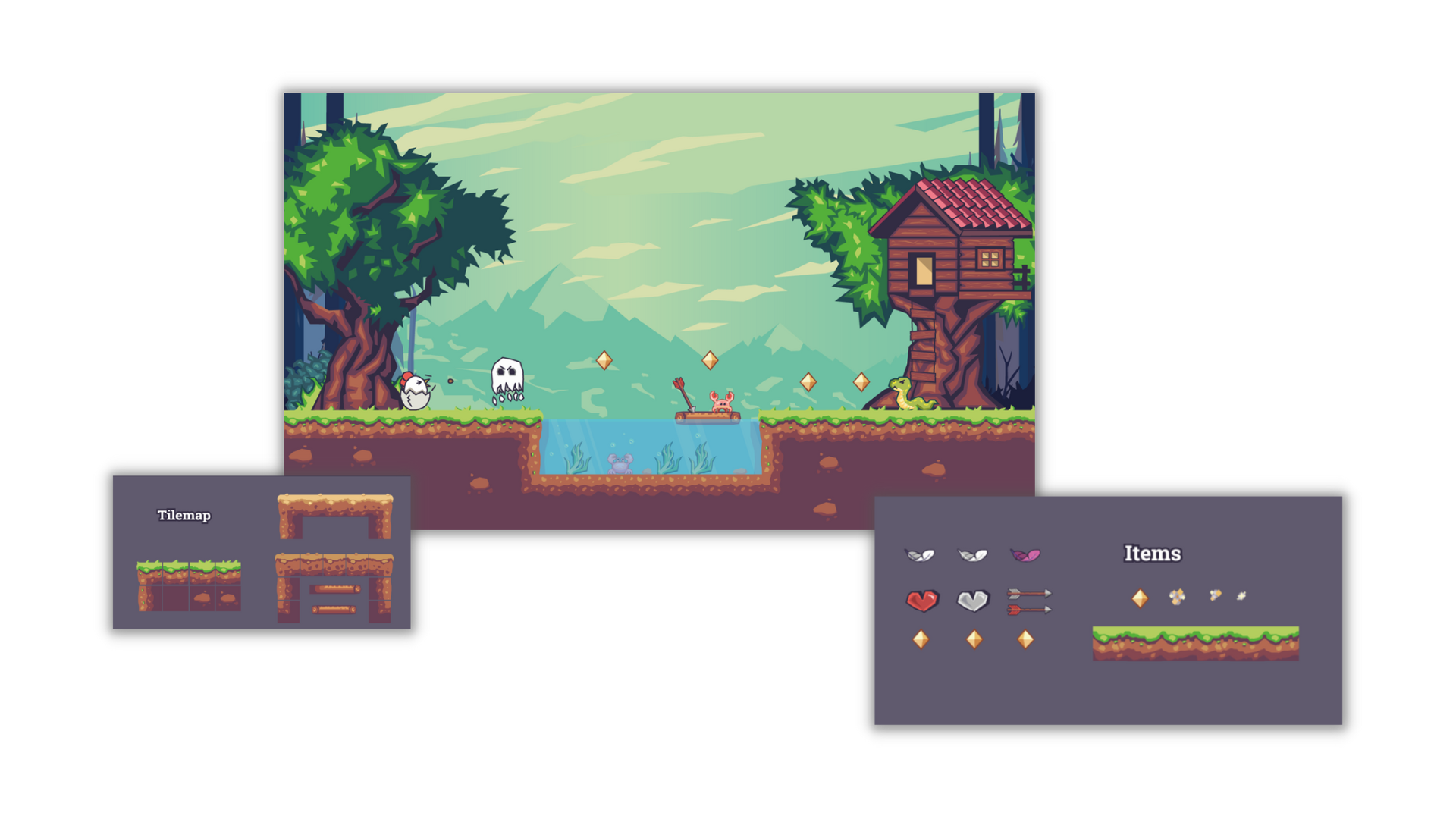
Pattern 3: Foreshadowing
Getting to know the upcoming eventsPattern 3: Foreshadowing Getting to know the upcoming events
An extremely useful pattern that hints at what lies ahead and gives the player time to prepare. Including foreshadowing can be used to introduce people to new types of enemies or mechanics without the traditional tutorials.
For example, in the game Mighty Jill Off, the level designers show the user spider-like enemies in advance. At first they are not dangerous, and are displayed beyond the avatar’s reach, but in the next level the player comes face-to-face with them, and if he was attentive before, he already understands how he should act.
At the same time, the foreshadowing pattern stimulates players’ curiosity, making them feel excitement in anticipation of new possibilities. Such an element is quite common in games focused on exploration of the environment. For example, in the 1994 game Super Metroid, the designers tease the user with alternate routes that will only become accessible to him after he receives a power-up. In this way the player can be motivated to go back to collect additional coins or to find a hidden secret.

Pattern 4: Layers
The level of representation in a layered architecturePattern 4: Layers The level of representation in a layered architecture
The Layers pattern makes it possible to combine several existing objects in the game to create new areas and expand the gameplay. For example, in this way you can create more difficult obstacles that will appear in front of the gamer as the story progresses. To ensure optimal difficulty, this pattern is often used in combination with foreshadowing.
A good example of the implementation of the Layers pattern can be seen in the game Mega Man from Capcom studio, where players have to jump from platform to platform. At first it is just jumping, then some platforms start to disappear, and eventually moving enemies appear on them, which cannot be collided with. In this way, the gameplay gradually becomes more complex, which piques the user’s interest.
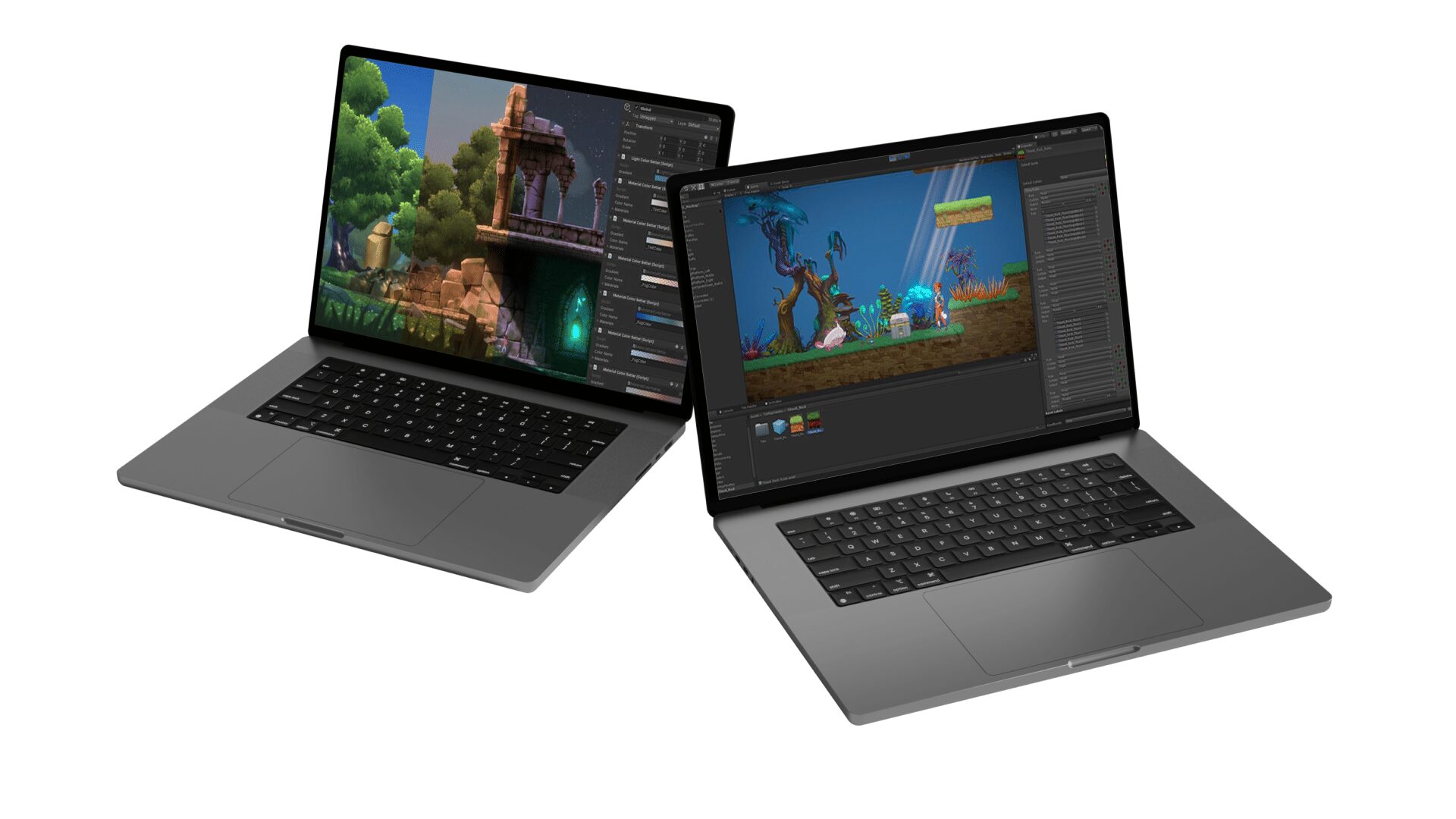
Pattern 5: Branching
Not all patterns apply to every gamePattern 5: Branching Not all patterns apply to every game
The Branching pattern refers to giving the player several options for overcoming obstacles, which allows you to create different formats of gameplay. For example, in the game Super Mario Bros there are pipes, using which the player can go down into the dungeon and pass the level by an alternative way.
The branching of the levels can be unlimited. That is, the player is given a lot of routes that he can go, which greatly enhances the feeling of exploration. Also branching can be conditional – when the user has several path options, but some of them he can use only under certain conditions.
For example, in Super Metroid there are closed doors scattered around the locations, but to enter them you first need to find the weapon or key that opens them.
With branching you can also create situations with a reward for the risk. This occurs when a person has a choice which way to go – a relatively quiet, but with less reward, or more difficult, with the opportunity to get rare loot.
Pattern 6: Tempo disorder
It is a mistake to think that the game UI is just screens with buttonsPattern 6: Tempo disorder It is a mistake to think that the game UI is just screens with buttons
Sometimes level designers intentionally slow down or speed up the flow of the game for different scenes. This is done to increase or decrease the level of tension, to encourage players to put more effort into game progression, which makes the passage of locations more dynamic and therefore more engaging. That said, the most powerful cues for players to break the pace are audio and visual cues.
As a rule, the “layers” pattern is closely combined with the tempo violation, as the appearance of additional elements and obstacles on the screen naturally increases tension. On the other hand, the combination of the tempo violation with the “safe zones” pattern, on the contrary, allows to reduce the load on the player and give him time for a breather.
One of the most common ways to break the tempo is to use hazards of increased difficulty. In practice, this can look like a boss battle.
In such a case, the background music often becomes faster, and a larger enemy with a separate lane of life, armed with impressive weapons, appears on the scene.
As for tempo reduction, it can lead to curious results. For example, during a respawn, you can let the player enjoy other features of the game – the environment, animation, and so on. Sometimes a moment of calm is provided just before a difficult battle, allowing you to create a “calm before the storm” effect and reinforce the moment of climax.
An interesting example of changing the pace of the game can be seen in the project Talking Tom Gold Run from the studio Outfit7, where the player controls a running character. The beginning of the level is always slow, but gradually the character increases the speed and the gamer has less and less time to make a decision. In addition to speed, other basic metrics also change here – the length of the jump, the location of obstacles, and so on, which makes control even more difficult.
Features of using patterns
Pattern usageFeatures of using patterns Pattern usage
All of the described patterns can be used in games not only individually. Professional level designers often modify and combine them to create new and fresh gameplay that can become attractive to players.
It should be added that not all patterns are applicable to every project, so the absence of one or more of them does not necessarily indicate poor level design. In fact, the patterns are just recommendations, and how they will be used in a particular game, and whether they will be used at all, is up to the designer.
Fresh works
We create space projectsFresh works
The best confirmation of our qualifications and professionalism are the stories of the success of our clients and the differences in their business before and after working with us.
Our clients
What they say about usOur clients What they say about us
Successful projects are created only by the team
Our teamSuccessful projects
are created only by the team Our team
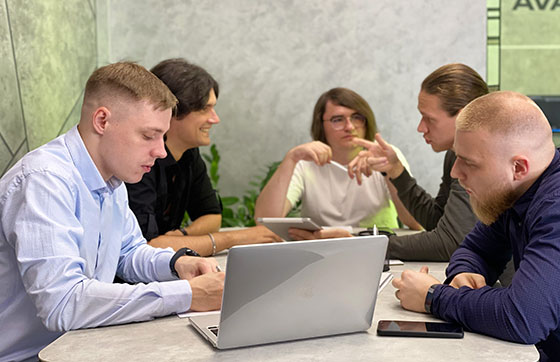

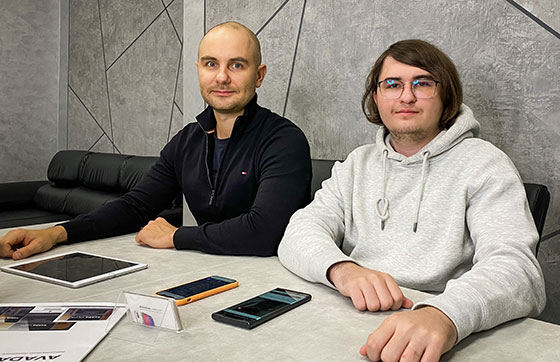

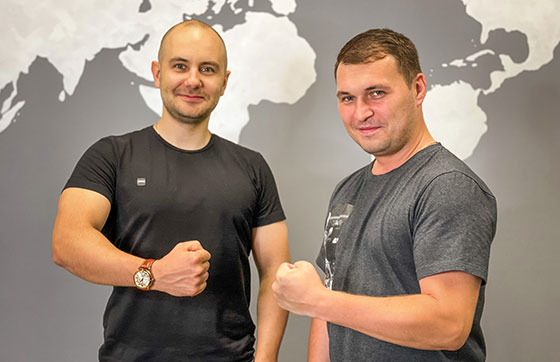
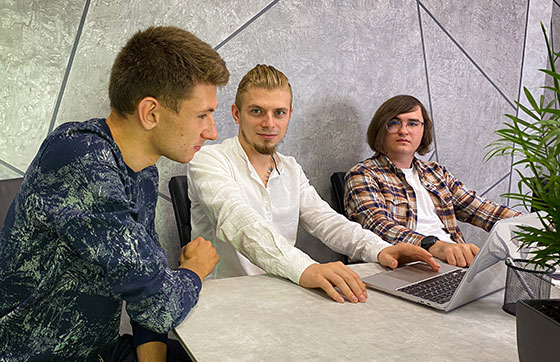
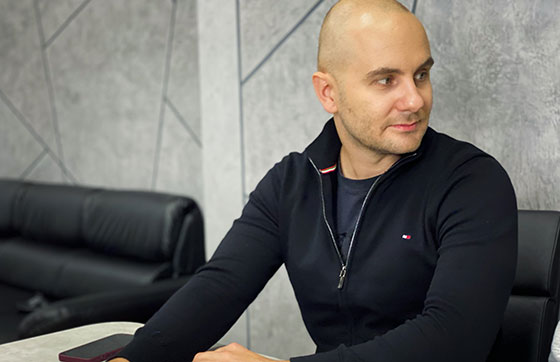



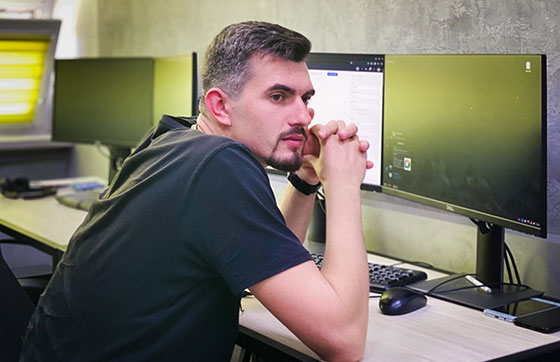

Contact the experts
Have a question?Contact the experts Have a question?
-
Phone:+ 38 (097) 036 29 32
-
E-mail:info@avada-media.com.ua















